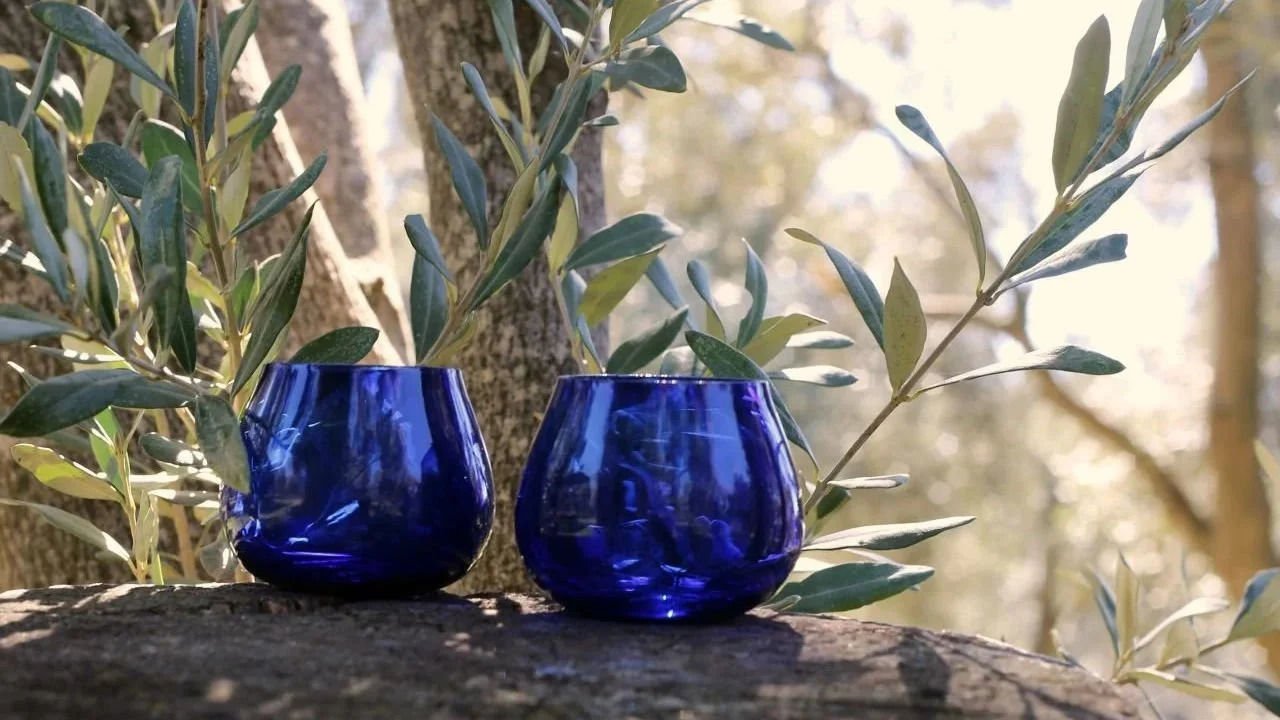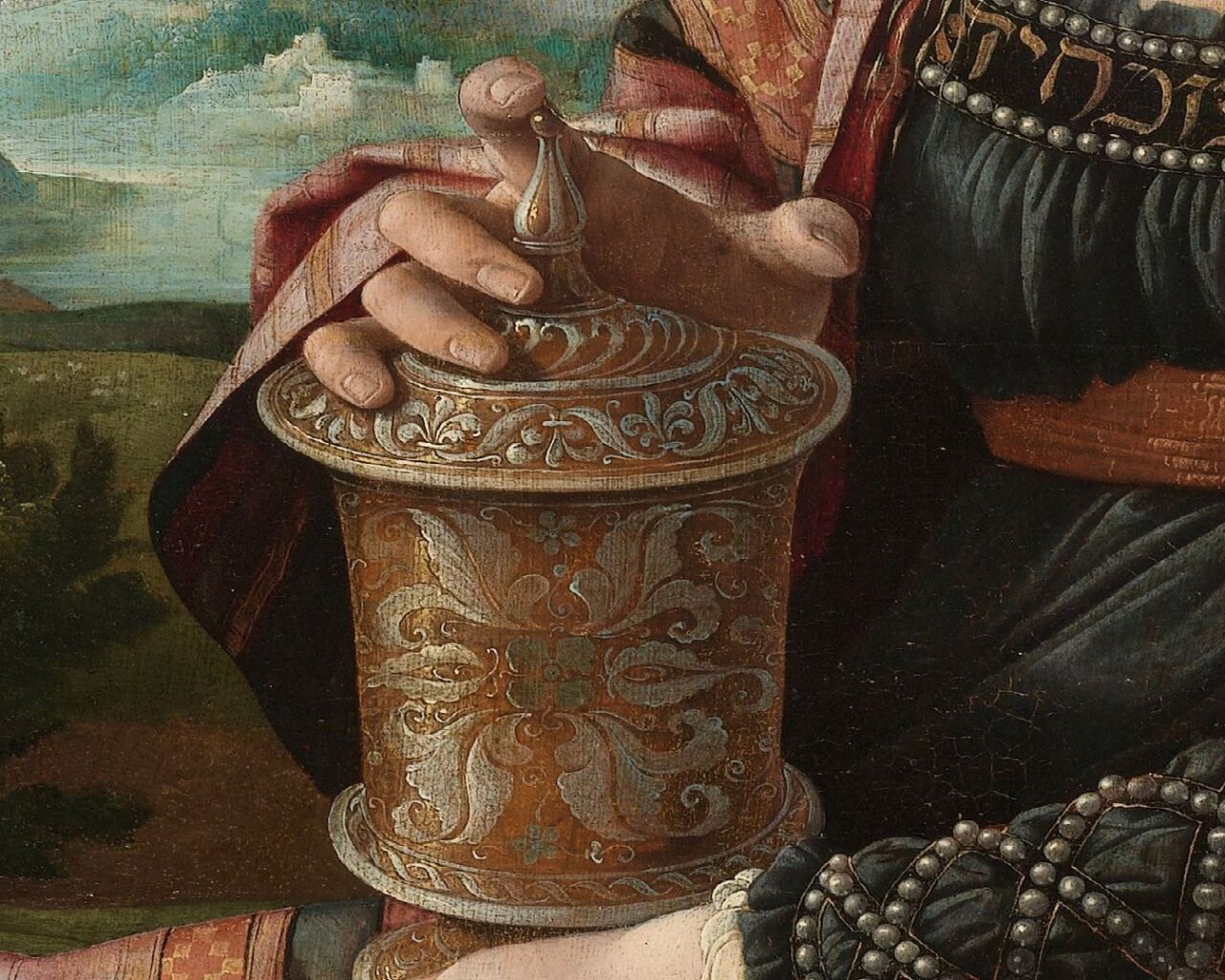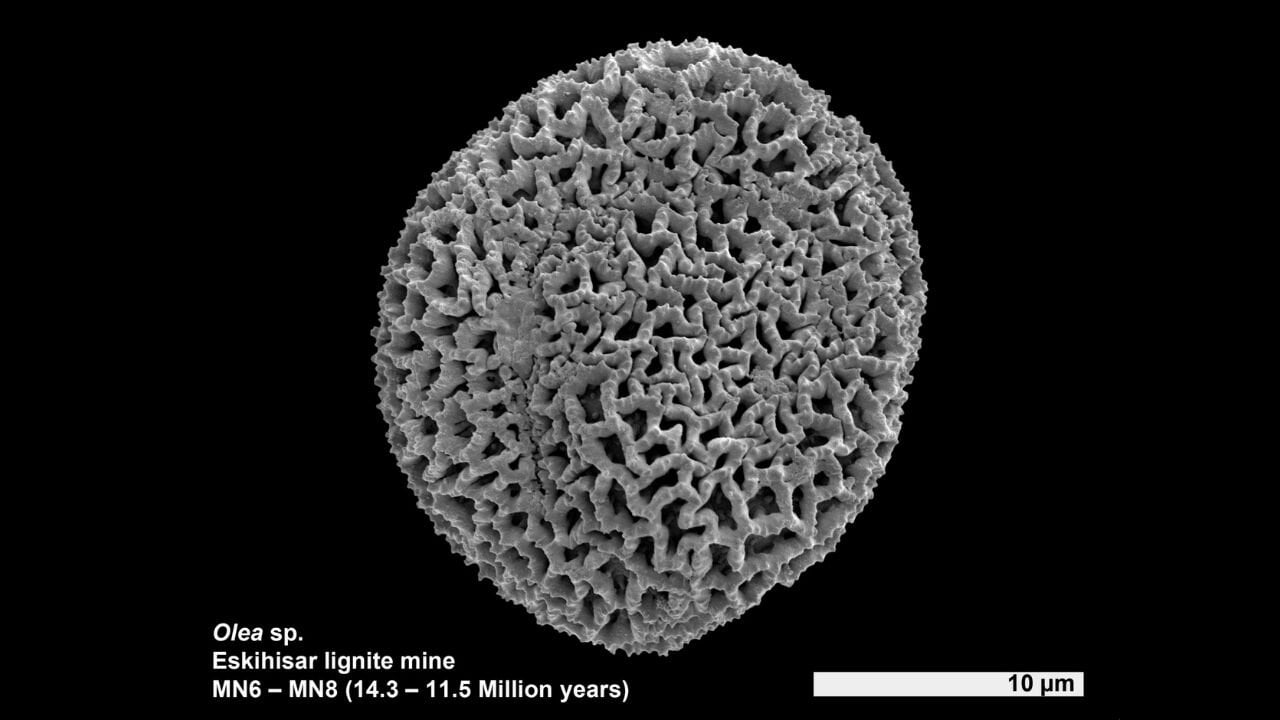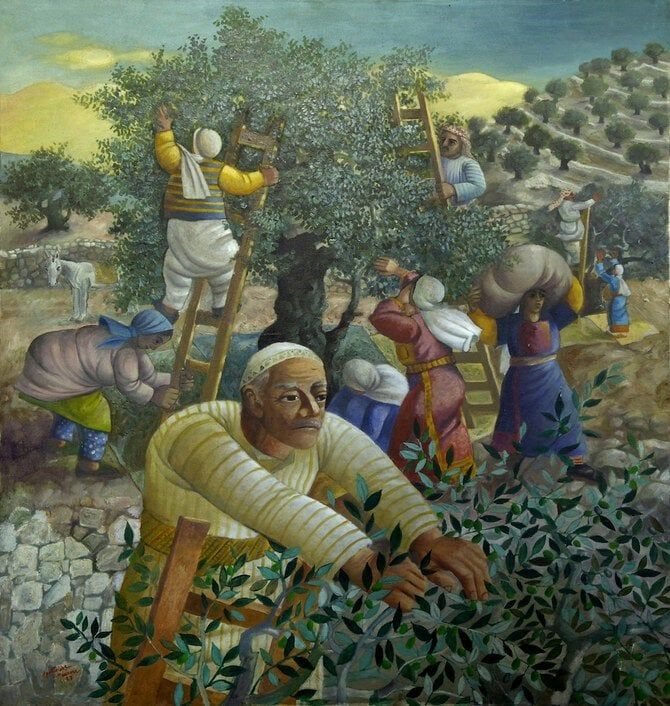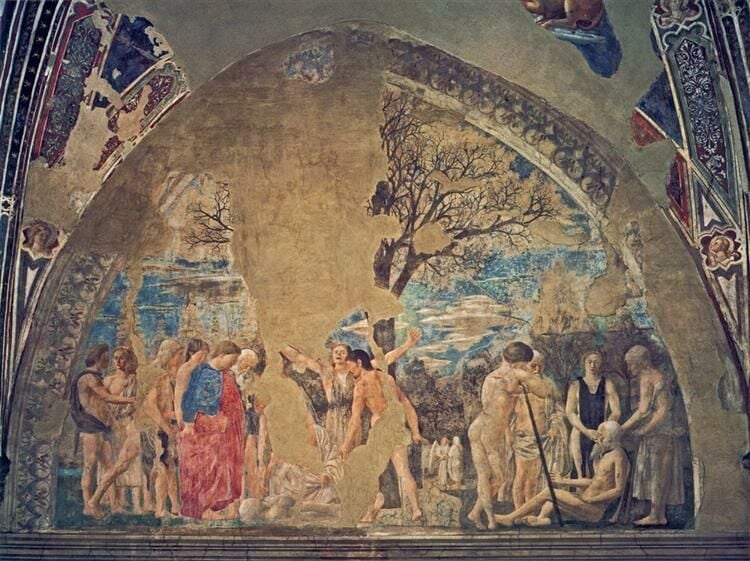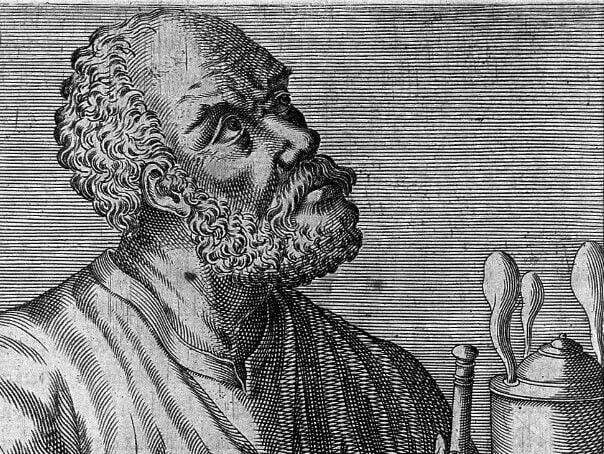All Blogs
Zeytinyağı ve Sağlık
Natürel Extra Sızma zeytinyağı “fonksiyonel gıda” olarak nitelendirilmektedir.
Zeytinyağı Kalite Kıstasları
Kimyasal ve fiziksel tetkiklerin objektif metrik değerleri ve eğitimli sertifikalı uzman değerlendirmesi (Duyusal Özellikler/Panel testleri) kullanılır.
Factors Affecting Quality and Content Properties of Olive Oil
There are multiple variables that have an impact on the quality of the oil at every stage of the process, from the geographical location and climatic conditions in which the olive tree grows, to the type of olive, from the cultivation and harvesting to the technology used to separate the oil, to the storage and preservation of the oil obtained in the final stage.
Zeytinyağı Bileşenleri
Zeytinyağının sabit değişmez bir bileşimi yoktur, zeytinyağını oluşturan bileşenlerin çeşitliliği ve miktarı birden fazla faktörden etkilenir.
Olive Oil Production
In its simplest form, production is a three-step process; Forming an olive paste by blasting/smashing/crushing, separating water and oil from solid material by applying pressure or centrifugation to the paste, separating oil and water in the final stage.
Olive-tree
Olea europaea L. sativa is a modified species of the wild olive named Olea europaea L. oleaster, which is from the olive family and is called “crazy olive” in our country.
Zeytin Ağacı Tarımı Geçmişi
Tarım geçmişinde zeytin ağacı ıslahı çabası tarım bitkisi geliştirmenin ikinci adımı olarak değerlendirilmektedir.
Olive and Olive Oil Myths I - Prehistoric Anthropological Preface
In the consciousness of the contemporary individual, myths are imaginary plots or fictional stories invented by their ancestors. Myths have no logic, but they contain power and holiness. Legends are cultural elements unique to humans, they were born from the collective consciousness and imagination of humanity. The olive tree is the Mediterranean counterpart of the ''Tree of Life'' symbolism, which is one of the oldest common cultural imaginations of humanity.
Olive and Olive Oil Myths II - Ancient Egyptian and Ancient Greek Myths
In ancient Egyptian legends, Isis, the goddess of marriage and love, taught the olive tree of the fertile Egyptian lands watered by the Nile. She is the mother, the symbol of love, protection, creative life and chastity, as the goddess of the sky, she is the goddess who gives light from the sky. In ancient Greek stories, the goddess Isis is named after the goddess Athena. His most distinctive quality is his ingenuity, the creator of civilization, inspiring all kinds of skilled workers (weavers, blacksmiths and potters at the time). It dominates art and wisdom, is a symbol of intelligence, war, peace and strategic thinking.
Olive and Olive Oil Myths III - Ancient Roman Myths
In Roman myths, a virgin priestess will assume the role of the goddess Athena in the myths of Ancient Greek civilization. In the content of the myth, there are elements from the Greek and Egyptian myths that were common at that time, the myth of Moses and the myths in neighboring geographies. This is an indication of the tolerance shown by the empire to the beliefs of polytheistic peoples. Roman peoples will come to question their belief in the mighty ''creator god'' in the course of history.
Zeytin ve Zeytinyağı Mitleri V - Anadolu Halkları Hikâyeleri ve İnançları
Çemberlitaş sütununun tepesine yerleştirilen sığırcık kuşu tılsımı senede bir kez kanat çırparak öter diğer kuşların zeytin getirmesini sağlarmış.
Olive and Olive Oil in Monotheistic Religions/Books
The oldest story in which the olive tree is the subject of the peoples of the Middle East, where the monotheistic belief rose, is related to the death and burial of Adam. When Adam's time of death comes, he asks God for mercy for himself and humanity, as a messenger, he sends his third son Seth to ask for mercy oil from the angel who is waiting at the gate of heaven, the archangel tells him to look at heaven three times.
Sabun ve Hijyen
Sabunlaşma reaksiyonu gerçekte en temel kimyasal reaksiyonlardan biridir; asit ile bazın reaksiyona girmesi sonrası tuz oluşumu. Reaksiyon doğal/kimyasal olmayan malzemelerin bir araya gelmesiyle kendiliğinden bile başlayabilir. Kimine göre insanlık tarihindeki en önemli tıbbi buluş sabundur.
Soap Culture History I - Neolithic to Roman Empire
It is doubtful what the practices used by humanity for body cleansing were in prehistoric times and whether there were any habits of body cleansing. In the cities that emerged in the Neolithic period, before entering the temples, both spiritual and physical purification behaviors are the first indicators related to the cleaning culture and cleanliness awareness. The earliest known record of soapy solution production belongs to the Sumerians. To produce soapy solutions in Egypt; soda was obtained from lakes dried by the heat of the sun, additionally clay or steatite (soap stone) was used.
Sabun Kültürü Geçmişi II - Roma İmparatorluğu Dönemi
M.Ö. 6. yüzyıla tarihlenen zeytinyağı işliklerinde İyonyalıların temizlik malzemesi olarak sabunumsu ürünlerin üretimine başlamışlardı.
Soap Culture History III - From the Middle Ages to the Industrial Revolution
Alchemy; However, in the Middle Ages, Arab-origin alchemists and soap makers developed soap production using olive oil and other plant-based oils, and enriched the production culture by adding perfume and colorants to their soaps. Soap production has become a craft in the geography of Andalusia. In the geography of the Ottoman Empire, the Aegean islands, Aegean coastal cities and the cities of the Southeastern Anatolia Region will begin to be mentioned with soap houses.
Sabun Kültürü Geçmişi IV - Sanayi Devriminden Günümüze
Sanayi Devrimi ve kimya bilimindeki buluşlar ile sabun toplumdaki tüm kesimlerin ulaşabildiği bir temizlik nesnesi olur.


